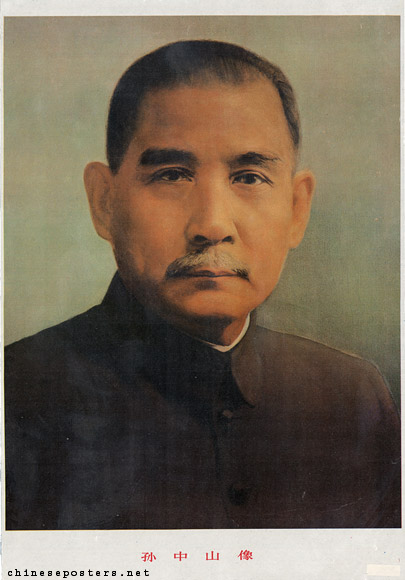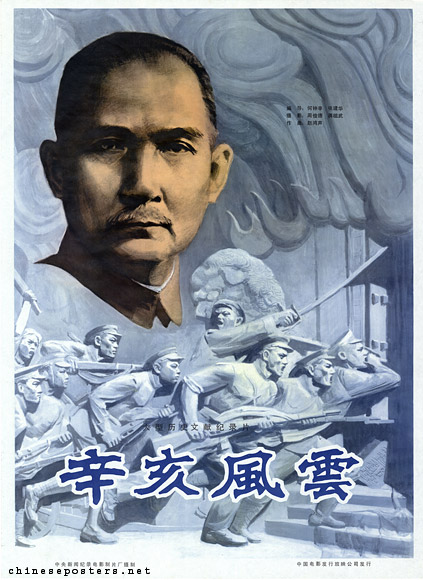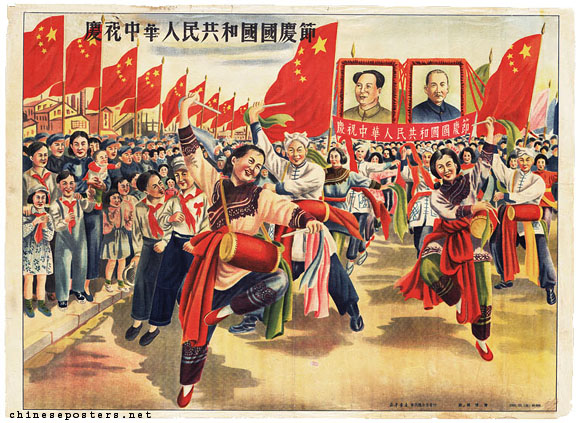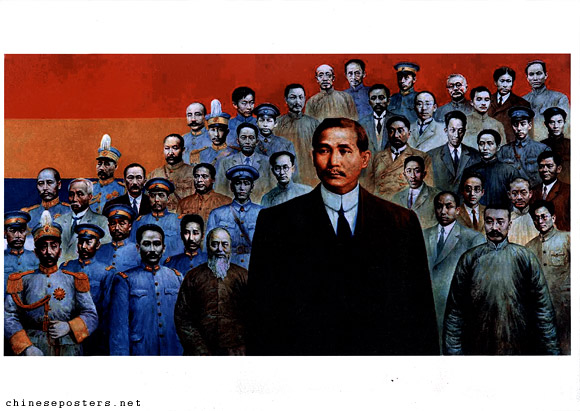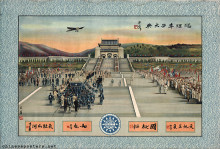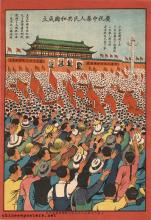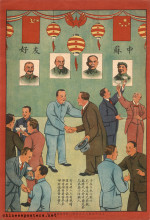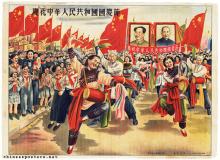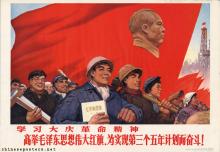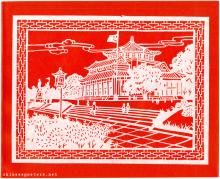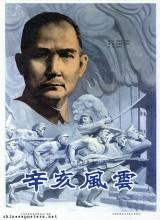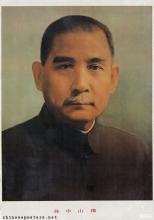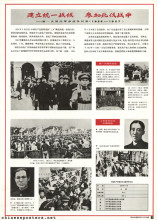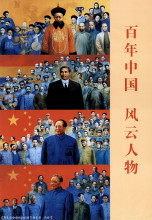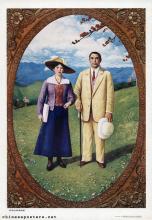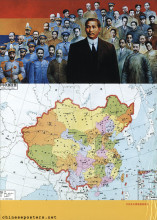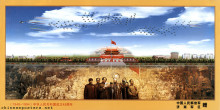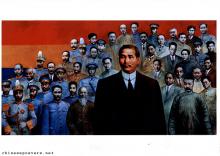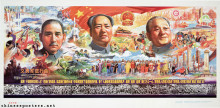Sun Yat-sen (aka Sun Yixian, Sun Zhongshan - 孙中山, Sun Wen, 1866-1925) is considered the founding father of modern China, both in the People’s Republic and in the Republic of China (on Taiwan).
Born in a peasant family in Cuiheng, Guangdong Province, Sun was sent to join his elder brother in Hawaii in 1879. There, he studied in a Christian boarding school. After his graduation in 1882, he returned to Cuiheng, but was expelled from the family home. In Hong Kong, he continued his education; in 1886 he began with medical studies, and in 1893 he began to practice in Hong Kong. As a student, Sun began to take a serious interest in China’s political affairs and to entertain ideas of overthrowing the Qing-dynasty. In 1894, he organized his first revolutionary group, the Xing Zhonghui (興中會, Revive China society), mainly composed of members of secret societies. After a failed uprising, Sun had become a professional revolutionary; he had to leave Hong Kong and sought refuge in Japan.
After the Xinhai revolution, date unknown
From abroad, Sun tried to keep the revolutionary movement alive. He became a fundraiser for revolution, seeking support from overseas Chinese communities all over the world. During one of his trips, to England in 1896, he was kidnapped by agents of the Qing government and held captive in the Chinese legation. Due to the intervention of Dr. James Cantlie, a former professor of Sun’s, his release was effected. The incident gave Sun an international reputation as a notorious revolutionary. Sun, in the meantime, was setting up branch organizations in Europe. In 1905, Sun was elected the director of the Tongmenghui (同盟会), a more centralized and carefully organized revolutionary league based in Tokyo. Students and young intellectuals formed the core. At this occassion, Sun’s Three People’s Principles (Sanmin zhuyi 三民主义), i.e. nationalism, democracy and the people’s livelihood, were incorporated into the league’s constitution.
By 1909, Sun had become persona non grata in most of East Asia. This was the reason that he was in the US, raising funds, when the Qing dynasty fell in 1911. Instead of returning to China immediately to head the revolution, he went to Europe to explore diplomatic recognition of and foreign loans to the new government. Late December 1911 he arrived in Shanghai and on 1 January 1912 he was inaugurated as provisional president of the Republic of China. Early February 1912 Sun resigned in favor of Yuan Shikai, the former military strongman of the Qing. In an attempt to regain power through the newly active National Assembly, he revamped the Tongmenghui, together with other progressive parties, into a new political organization, the Nationalist Party (Guomindang, 国民党, old transcription: Kuomintang). In 1914, he married Song Qingling, although his first marriage had not been officially annulled.
Given Yuan Shikai’s penchant for assassinations of political adversaries and Assemblymen, relations between him and Sun deteriorated. In 1917, Sun left for Canton (Guangzhou), where he convened a rump parliament and established a military government. He was supported in this endeavor by the local warlord Chen Jiongming. But Chen and Sun fell out and Sun was expelled from Canton in 1922. While in Canton, Sun had established contacts with the Moscow-based Comintern. After discussions with various Comintern representatives, including Henk Sneevliet (Maring), Chicherin and Adolf Joffe, Sun decided to align the GMD with the Soviet Union and the fledgling Chinese Communist Party and to reorganize the GMD. This turned the GMD into a tightly disciplined party organized along Leninist principles; the Three People’s Principles remained the basic aims. The Soviet Union supplied money, weapons and advisers to render both military and political support to the GMD.
Celebrate the People’s Republic’s National Day, 1950
On 12 March 1925, Sun died of cancer of the liver. After the GMD government was officially established in Nanjing in 1927, a personality cult of Sun soon pervaded the country. In 1929, Sun’s coffin was entombed in a massive marble mausoleum in Nanjing. In 1940, the GMD decreed that Sun should be revered as "father of the Republic" (Guofu). When the PRC was founded in 1949, Sun was accorded the appellation of "pioneer of the revolution" (gemingde xianxingzhe). On many national occasions, his portrait continues to be displayed.
Marie-Claire Bergère, Sun Yat-sen (Stanford: Stanford University Press, 1998)
Rudolf G. Wagner, "Reading the Chairman Mao Memorial Hall in Peking: The Tribulations of the Implied Pilgrim", Susan Naquin & Chün-fang Yü (eds), Pilgrims and Sacred Sites in China (Berkeley: University of California Press, 1992)
Verity Wilson, "Dressing for Leadership in China: Wives and Husbands in an Age of Revolutions (1911-1976)", Gender & History 14:3 (November 2002)
